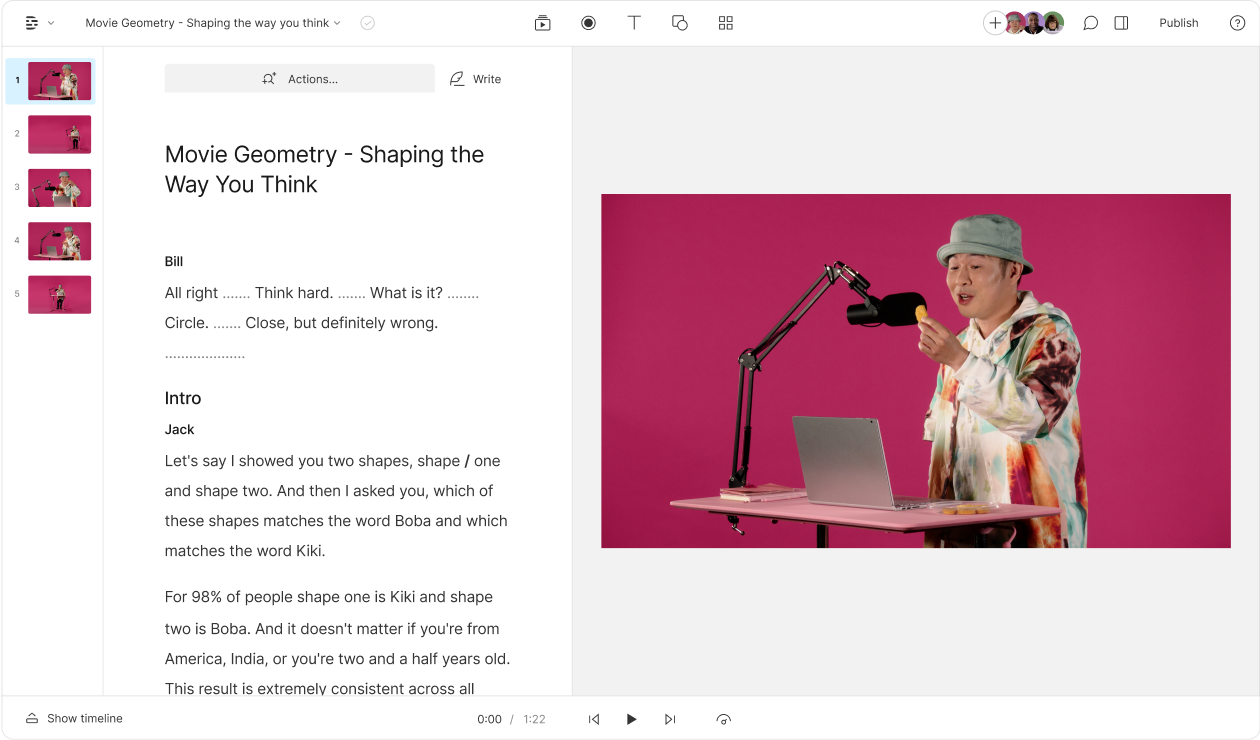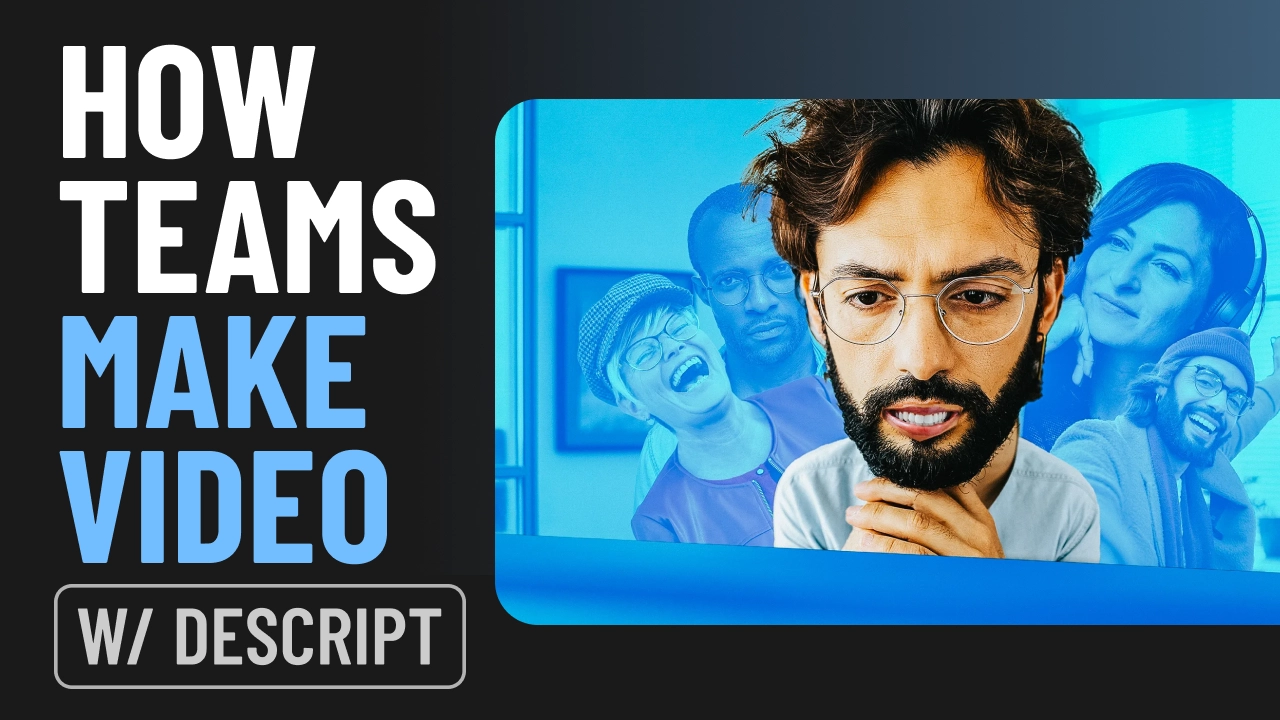What type of content do you primarily create?




TikTok's days as a cultural phenomenon and a dominant platform for content creators and brands appear to be over. At least in the US.
With a federal ban set to take effect on January 19, 2025, ByteDance, the Chinese conglomerate that owns TikTok, shut the app down in the US on January 18. Then, on January 19, President Trump promised to issue an executive order delaying the ban; ByteDance made both apps accessible again.
The question now for creators and creatives: What does this mean for all my content, followers, and income tied to TikTok, and how should I prepare?
Here's our response, with lots of perspective drawn from creators who've survived previous platform extinctions.
Note that we originally published this article in 2024, when the ban first appeared likely to pass. We've since updated it with more current information and advice.
The TL;DR on the TikTok ban
Here’s a quick timeline to catch you up on events leading up to January 19:
- In 2020, data privacy and security concerns began to surface about TikTok's foreign parent company Bytedance. President Trump issued an executive order to ban TikTok.
- In 2021, the executive order was revoked when President Biden took office in favor of a more thorough review of all foreign-controlled apps.
- In 2023, the Biden administration banned the app from government-issued phones.
- In 2024 the US House of Representatives passed a bill that would force TikTok’s owner to either sell its US-based operations by January 19, 2025 or have the TikTok app’s distribution banned across the country.
With the new law in effect, the TikTok mobile app in the US is no longer available to download through the Apple App Store and Google Play Store. ByteDance made the app unaccessible to existting TikTok users the day before the ban took effect.
So, what’s a creator to do? The answer: what smart creators have done as long as the internet has been around—diversify your channels so you're not relying on a single platform.
TikTok may have sparked countless viral trends, chart-topping songs, and memes that are red-hot for like three hours, but it’s still just a platform, one among many. In fact, relying on TikTok is arguably moreap problematic than other platforms.
Even without a TikTok ban, the platform is not your friend
There are many reasons not to rely on TikTok for sharing all of your content that go beyond government bans.
Here’s why and what to do instead.
1. TikTok's algorithm is notoriously unpredictable.
While some creators may strike gold with a viral video that reaches millions, others may struggle to gain traction even though they consistently produce high-quality content. And even if your video does go viral, there’s no guarantee the next one will do the same.
The company has been known to unevenly influence the success of certain videos. And the app encourages short, attention-grabbing, trend-chasing videos that may not reflect a creator’s creative vision or ability.
That means a lot of a creator’s energy goes to content engineered for TikTok’s algorithm today rather than content that will remain relevant next year and resonate with audiences on other platforms.
What you can do about it
Take stock of your evergreen videos on TikTok and shift your focus towards making more timeless content that’s easier to resurface and cross-promote on different platforms over the long term.
2. It's a content treadmill, not a source of deep engagement
TikTok's fast-paced nature can also make it difficult for creators to build meaningful relationships with their audience. Unlike YouTube or Twitch, where creators can upload longer videos and engage in direct communication with their fans through comments and livestreams, TikTok's short-form format can feel more like a content treadmill than a community.
With multiple platforms, creators can build relationships with their audiences in more meaningful ways. One creator who’s found that to be true is Cory Connor, a sustainable packaging expert who has nearly 90,000 followers on TikTok. “I’ve been on TikTok for about three years and it’s been an incredible door opener for me,” he says.
But despite his success on the app and the impact it's had on his life, Cory emphasizes the need to spread your energy over several platforms. “It’s very important to be active on LinkedIn and YouTube and Instagram and whatever platforms make sense for your audience.” Cory walks the walk. An alum of LinkedIn’s inaugural Creator Accelerator, he engages actively and often on LinkedIn and also produces a podcast as another way to engage with his audience and share his expertise.
What you can do about it
Start planning content that can be easily shared on platforms outside TikTok where your audience spends their time. Set up templates in Descript to adapt your videos for these new channels and formats, and consider a creator-friendly social media management tool like Buffer or Later for managing publishing and commenting across multiple platforms.
3. TikTok is an unreliable source of income
Another reason to diversify: money. Building a following on Instagram or YouTube in addition to TikTok can provide more stability and longevity in a creator’s earnings. TikTok is infamous for its limited monetization. The main way creators can get paid on TikTok is through its Creator Fund, a pot of about $300 million that’s split between a pool of eligible creators (those with at least 10k followers and 100k views in the last month) depending on the number of views they get.
The average payout for earning a million views on TikTok is about $20–$50, according to Influencer Marketing Hub. By comparison, a creator might earn $1,000–$6,000 for the same amount of views on YouTube.
Creators can try earning tips on TikTok Live videos, but this also goes through a qualification process and can yield equally low payouts. As a result, many creators who rely solely on TikTok have found themselves struggling to make a living.
What you can do about it
Diversify your monetization, just like your platforms, by developing multiple income streams like:
- Partnering with brands on sponsored content or affiliate programs
- Selling your own products, digital goods, courses, or merch
- Investing in content platforms that offer better monetization opportunities
- Launching your own community website or app with paid memberships that offer exclusive value and access to you
4. Social platforms die all the time
As we’re seeing, one big reason to diversify your audience is that you have no control over how long any one platform survives. “We never know what will happen to social media platforms,” Cory says. “Remember MySpace?”
Or, for younger readers—remember Vine?
When Vine first hit the social media scene, it had a very similar profile to TikTok: it was easy to make content and the chances of going viral were high. In many ways, Vine was TikTok’s predecessor. However, with its six-second time limit, Vine found it nearly impossible to monetize. Twitter eventually bought it, only to shut it down.
Here’s the lesson for TikTokers of today: many Vine creators used the platform’s downfall as an opportunity. They took their audiences and went to greener pastures, especially YouTube and Instagram. Pivoting to these platforms helped to launch the careers of viral creators such as Logan Paul and David Dobrick.
For a particularly interesting example of a successful platform pivot, take a look at Drew Gooden. Gooden had countless viral Vines, including one of the all-time most popular: “Road Work Ahead.”
When Vine called it quits, Gooden had to restart his internet career from scratch on YouTube. After testing out different formats and genres, he began to make videos commenting on internet culture, films, and memes using his signature Vine comedic style.
He found YouTube’s straight-to-camera approach more personal. And today, he has more than 3.4 million followers on his YouTube channel. He also recently took home a Streamy Award, which honors the best in online video. But that success certainly didn’t come easy. Gooden had a hard road to walk, as did many other Vine creators who had to start from scratch.
What you can do about it
If you’ve mastered TikTok’s built-in video creation tools—recording, editing, and publishing videos on your phone—consider expanding your content creation tool set and picking up a new video editor that isn’t tied to any one platform and instead lets you create videos for them all.
5. You don’t own your audience on TikTok
Diversifying your content gives you more control over your audience, but whether it’s TikTok or Instagram or Facebook, you don’t actually own your audience there.
It’s not like you can just move all your followers from TikTok to another platform. The best you can do is ask your followers to join you elsewhere, and set up your TikTok profile to promote the other apps your audience can find you on.
What you can do about it
With the rising dominance of AI and advancements in social technology, it’s easy to forget the power of tried-and-true tools like an email list.
Email remains ubiquitous. I still open emails from creators and brands I’ve followed for many years. I still engage with much of my audience—old and new—via email. It’s a great way to build and maintain relationships for the long haul with your audience. It’s also a great way to interact one-on-one, ask your audience for feedback and needs, and to experiment with new kinds of content. And best of all: no one can take away your email list.
Another app that I’ve seen work very effectively for content creators: Discord. Discord began as a platform for gamers, but now it’s transformed into a hub for communities of all kinds. Many creators are taking their audiences off of TikTok and creating active, intimate spaces for their community members to convene. The best thing about a platform like Discord is that not only can your community interact with you; they can also interact with each other. Your community can start to generate and maintain its own momentum.
Ban or no ban—bet on your creativity, not a platform
Whether or not the ban happens, the deadline gets extended, TikTok gets sold to a US company, or nothing happens at all, apps like TikTok will continue to influence internet culture. You just don’t want it to be the only platform you rely on. By diversifying, creators can reach new audiences, establish a stronger brand, increase their income, and focus on what they do best: creating.
This article was originally published on March 14, 2024 and last updated on January 14, 2025 to reflect the current state of the TikTok ban.





























%201.svg)

















%20(1).JPG)
